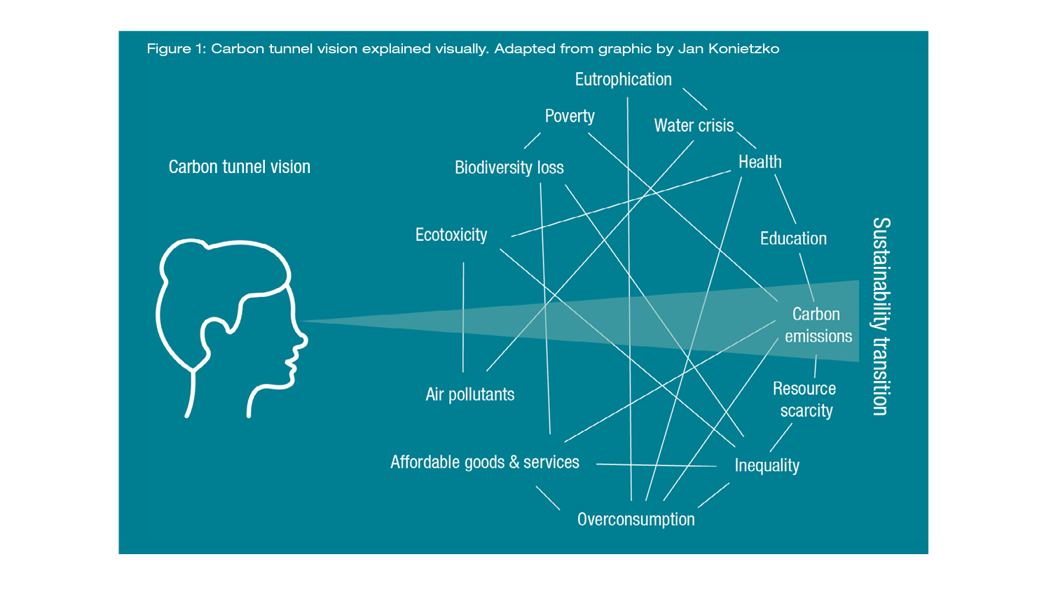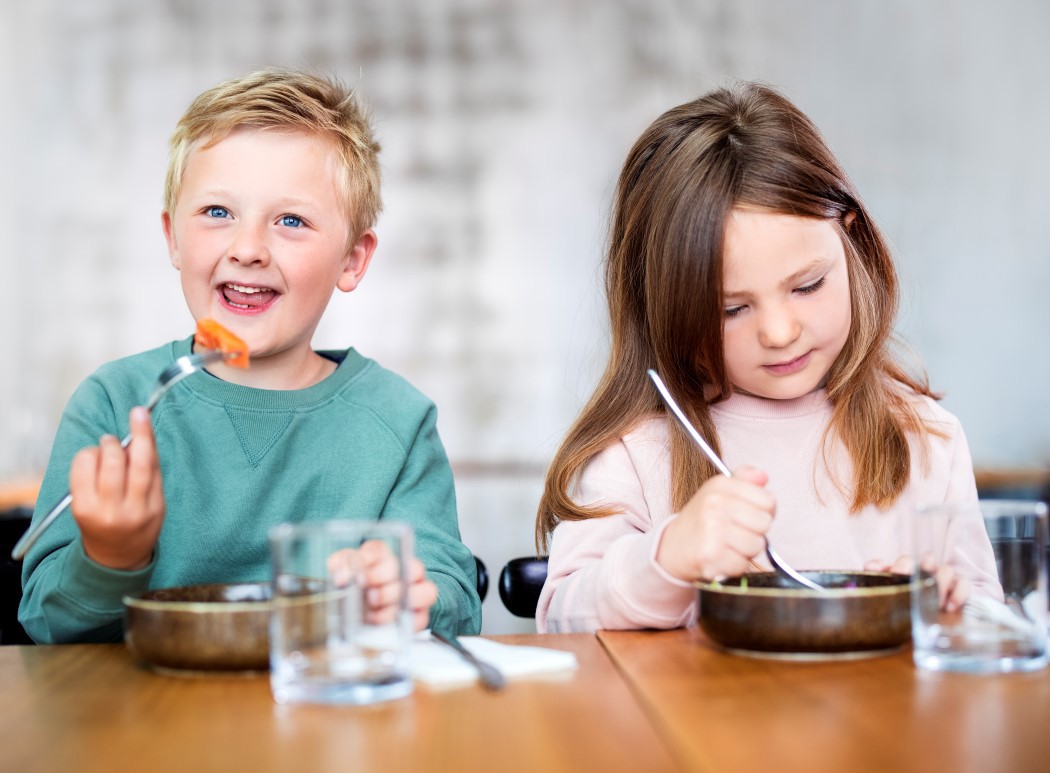
The first challenge is to ensure food security and nutrition for all considering it’s expected the world population will reach almost 10 billion people by 2050, which means that we need to produce 60% more food than we do today.
The second is to achieve this while ensuring environmental sustainability, which is determined by ensuring that the impacts of food system activities on the surrounding natural environment are neutral or positive, especially considering that food systems account for some 21-37% of global GHG emissions.
The third is to provide livelihoods to farmers and promote rural development. A food system is considered sustainable when there’s equity in the distribution of the economic added value, taking into account vulnerable groups categorised by gender, age, race etc. Of fundamental importance, food system activities need to contribute to the advancement of relevant socio-cultural outcomes, such as nutrition and health, traditions, labour conditions, and animal welfare.
By 2050 we need to produce 60% more food than we do today.

Our approach
One of the hottest industry topics today relates to environmental impacts. This is an aspect in which feed plays a key role given it can represent up to 80% of aquaculture’s carbon emissions. Currently, one of the main implications of this is that several stakeholders evaluate the sustainability of specific feeds and ingredients by their carbon footprint, thereby falling into the trap of “carbon tunnel vision”. However, sustainability is multi-dimensional, and we need to look at the different trade-offs that ingredients bring, as well as other environmental and social impacts beyond carbon footprints.
To help readers of this report better understand how we approach our impacts, we explain in detail the core lifecycle stages of fish/shrimp feeds with a description, our core challenges and feed examples.
We urge you to read this report and to collaborate with us; help us to improve and join us on our vision of driving the journey towards an even more sustainable aquaculture industry.

Next
The role of blue foods
On a global scale, blue foods – the diversity of aquatic species and products sourced from oceans and fresh water – have a central part to play in ending human malnutrition and building a healthy, sustainable and resilient food system. As well as providing food and nutritional security for billions of people and being a vital provider of livelihoods, economies and cultures for many coastal states, many blue foods are produced in ways that are more environmentally sustainable than terrestrial foods .
